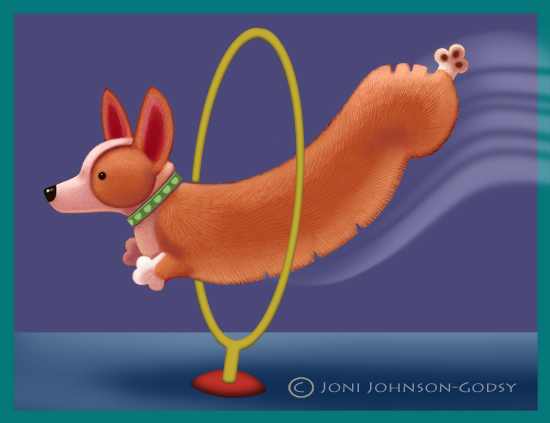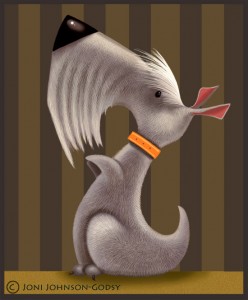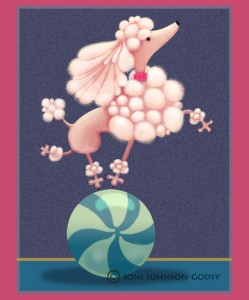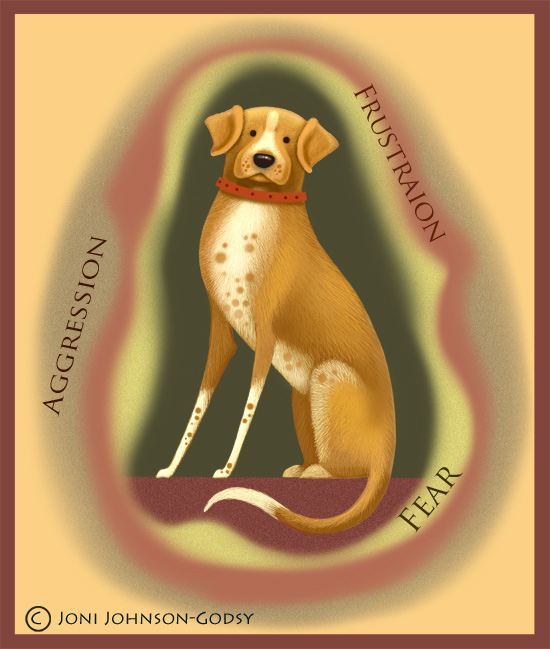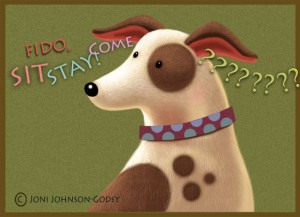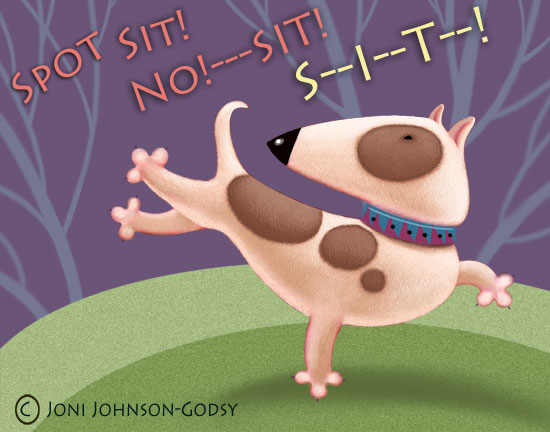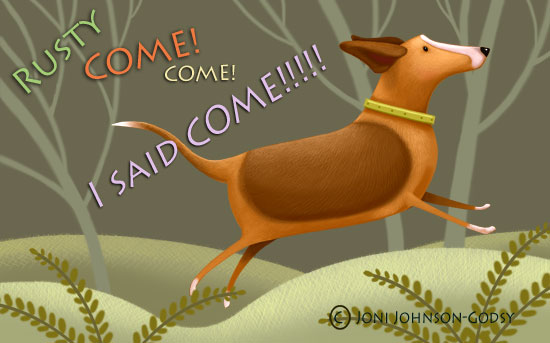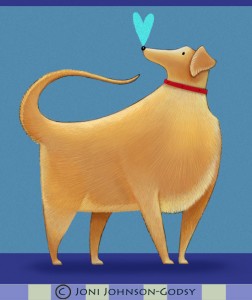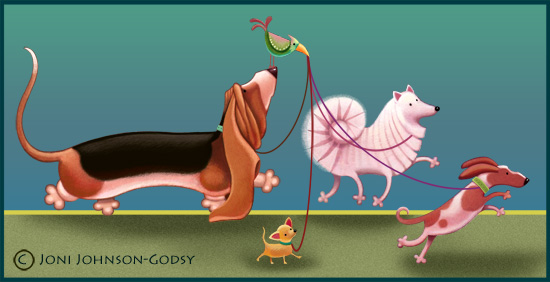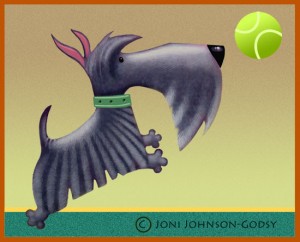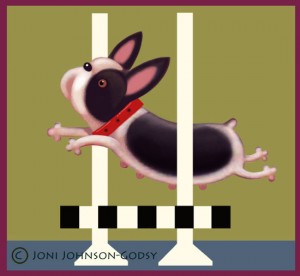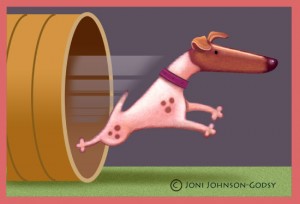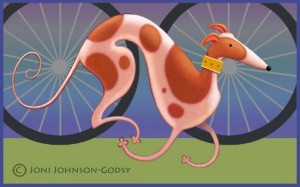Scenario #1:
Your beloved canine friend really loves his food. He really loves his toys and chewies. He really loves the treat bag that he has just stolen from the kitchen counter. He really loves his bed or resting place. When the idea is presented that any of these things might be taken away from him he responds with a stare, a growl and maybe even a snap. These things are not to be tampered with by you or anyone else. They are his, and he intends to keep it that way.
You have offered a special treat to entice your dog to give up the thing he so covets. You hold the treat out in hopes that the dog will decide to let you take it. Sometimes this works. Sometimes it doesn’t. It really depends on how much the dog wants the object of his (and now your) desire. You are powerless, because the dog is making that important decision.
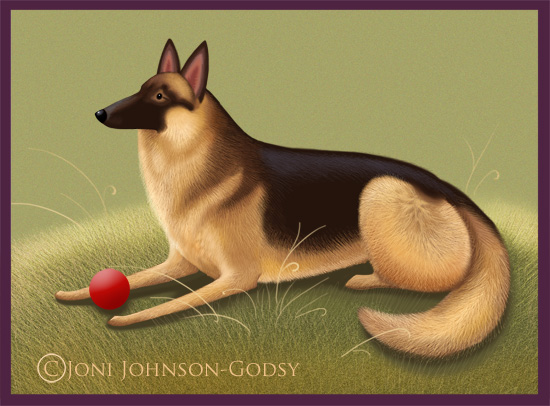
Scenario #2:
You are a diligent owner. You take your dog out for his daily walk. It is a time that you both enjoy together. Suddenly your dog sees another person walking their dog and flies into a tantrum. Your dog barks and growls, wanting to get to that dog badly enough that he lunges and barks wildly. You hold him back on his leash and offer him a special treat that you had previously stashed in your pocket. Your dog wants no part of you or anything that you have to offer. He just wants to get at that other dog…
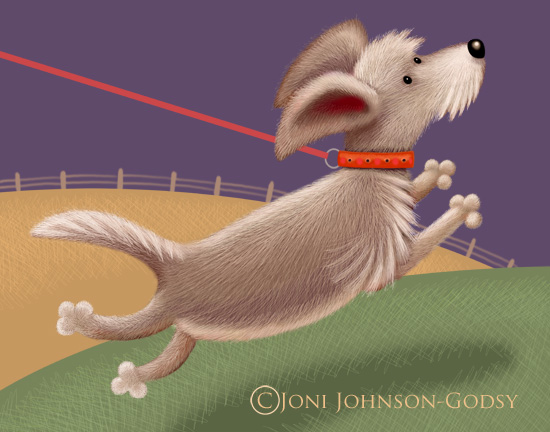
Scenario #3:
You are in the process of teaching your dog a new command. You started out by showing the dog a treat in your hand. He does the new command quite nicely after being enticed by the treat. The dog now gets the treat. GOOD DOG! Later, you give the dog the same command when your hands and pockets are empty. The dog gives you a blank stare and wonders away.
Treats can be a wonderful way to motivate a dog to do a desired behavior. When teaching a dog a new concept, treats can keep them interested and let them know when they give us the behaviors that we desire. Treats are a wonderful teaching tool. But at some point early on in the teaching of a new concept, a dog needs to be weaned off of the food dangling in front of his face every time something is asked of him. We must then teach the dog to do the same action as before with the treat now out of view. The food now appears from seeming nowhere after the dog completes the task that was requested.
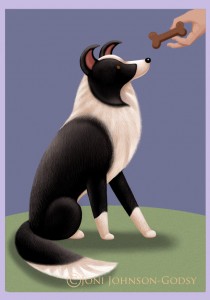
If we continually hold treats out as we give commands like sit, down, leave it, come, etc, we produce a dog that performs because of the treat. This creates unreliability in your dog’s actions because most of us don’t spend every moment of our lives with dog treats in our hands. No treat, no compliance.
Often when a dog is engaging in a poor behavior like guarding food, lunging at other dogs on walks etc. they will ignore that piece of cheese we have dangling in front of their face. We wonder why we can’t distract them from that current object of their desire. It is because we are giving them a choice. My dogs are not permitted to make choices like that. I correct behaviors that I dislike by distracting them with my body language and energy. Then I reward the dog for listening and complying by producing a previously hidden treat. The food reward comes only after the dog makes the decision to ignore the other dog on the walk or relinquish the food or toy to me. So what he is really being rewarded for is the good decision that he just made.
A simple way to look at it is this:
Bribe: a dog performs for a treat
Reward: a dog performs for you.

